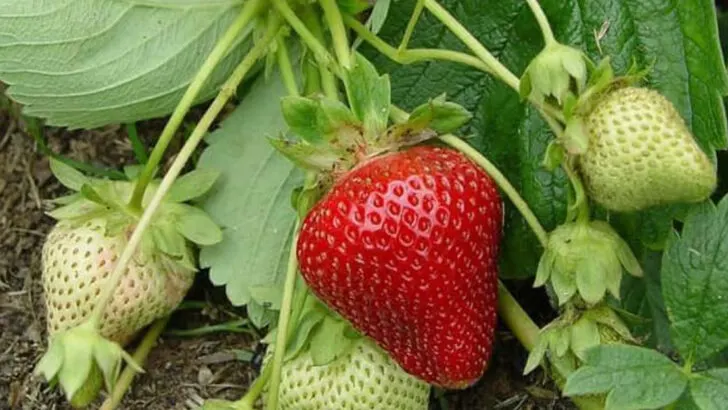Grocery store shelves aren’t as reliable as they used to be. Prices are rising, availability is hit-or-miss, and the quality? Often disappointing. If you’ve ever walked out thinking, “I could grow this myself,”—you’re not wrong. In fact, more and more people are turning to their own yards, patios, and windowsills to regain control over their food supply.
The key isn’t growing everything—it’s growing the right things. Crops that offer a high yield, store well, and support your household’s core needs. Whether you’re feeding a family or just trying to skip a few shopping trips, there are certain vegetables, fruits, and herbs that pull far more than their weight when it comes to everyday meals and basic nutrition.
This list covers 20 practical, reliable crops that can help you depend less on store-bought food—and more on what you produce yourself. From easy staples like leafy greens and potatoes to unexpected space-savers like climbing beans and dwarf fruit trees, these choices can help you build a small but mighty homegrown pantry. Ready to plant your independence? Let’s get started.
Tomatoes
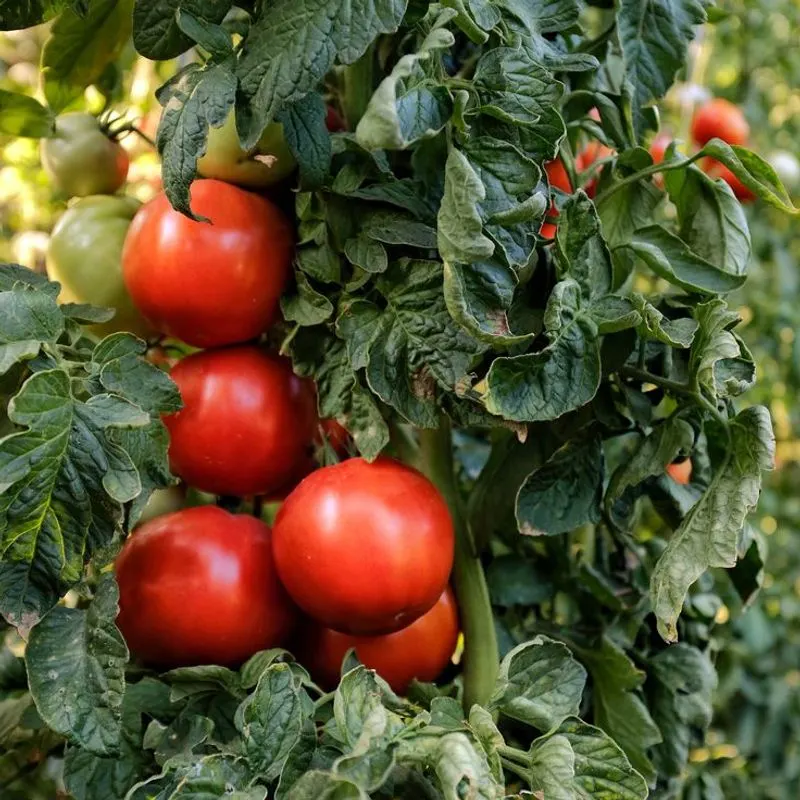
Juicy, sun-kissed tomatoes bring the taste of summer to your plate. These versatile fruits thrive in warm climates, producing a generous yield. A staple in many cuisines, they are perfect for sauces, salads, or fresh off the vine. Start with seeds in early spring for a fruitful season. Tomatoes also support heart health and are rich in antioxidants. Experimenting with heirloom varieties can add vibrant colors and flavors to your garden. Remember to provide sturdy supports as they grow tall and proud.
Zucchini
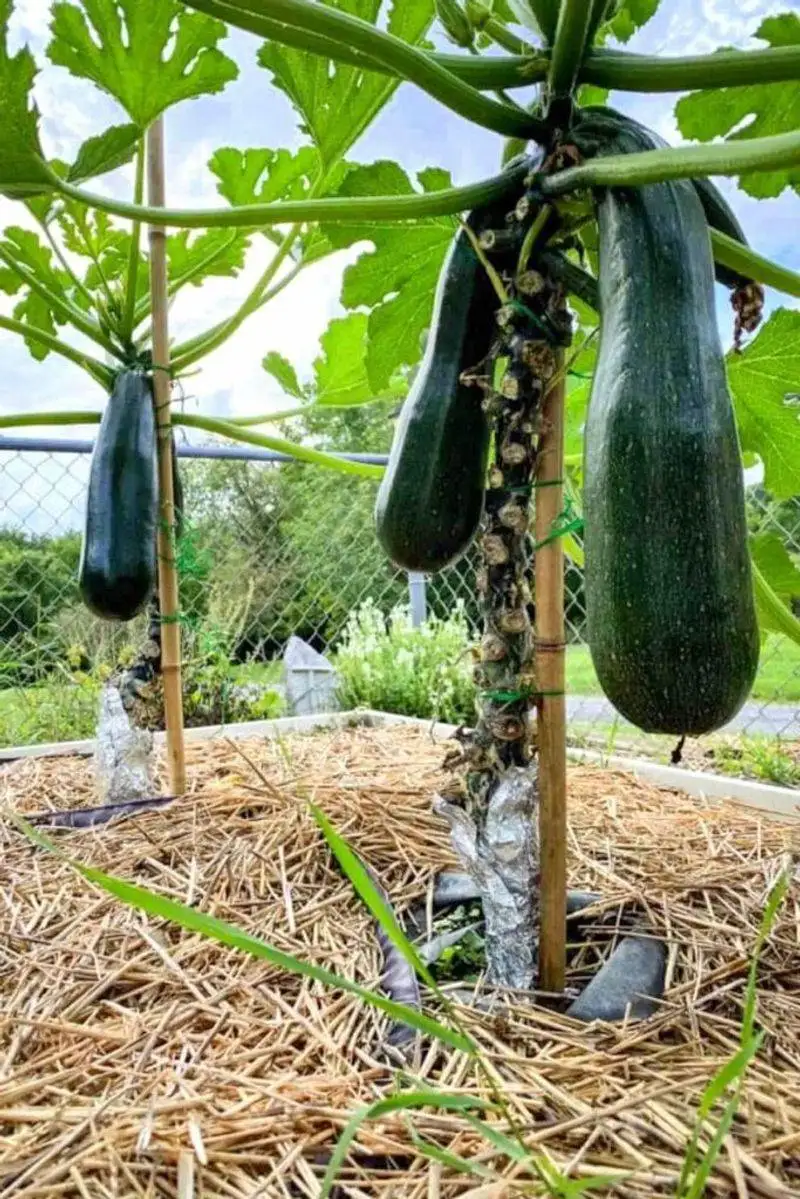
Zucchini, the summer squash of wonders, grows quickly and abundantly. Its mild flavor makes it a versatile addition to countless dishes, from stir-fries to breads. This plant loves sun-soaked patches and benefits from regular watering. As it matures, check under the large leaves for hidden gems ready to harvest. Known for its rapid growth, one plant can produce more zucchinis than you’ll know what to do with. Consider sharing with neighbors or exploring creative recipes to make the most of your bounty.
Carrots
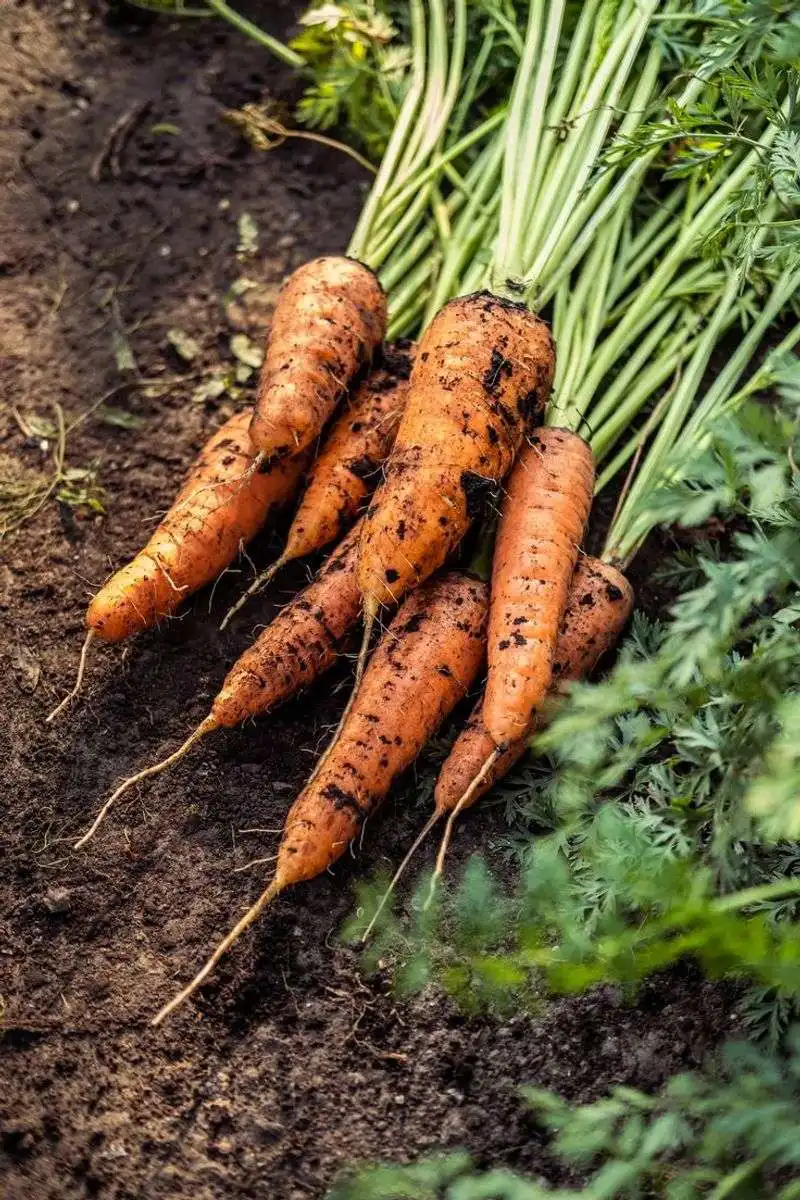
Crunchy and sweet, carrots are a gardener’s delight. These root vegetables prefer loose, sandy soil to stretch their roots deep. Sow the seeds directly into the ground as soon as the soil can be worked in spring. Patience is key, as they take time to mature. Carrots are rich in beta-carotene, promoting eye health and boosting the immune system. Whether enjoyed raw, roasted, or in a hearty stew, they bring vibrant color and nutrition to meals. Thin seedlings early to allow room for growth.
Lettuce
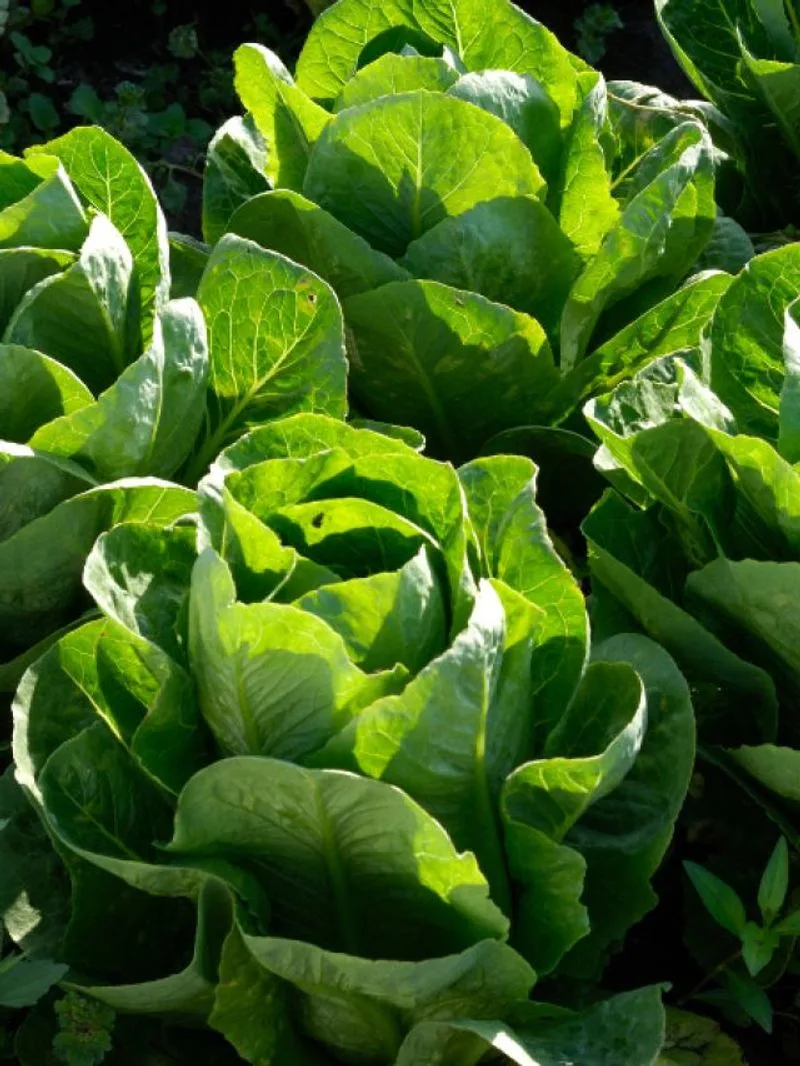
Leafy and lush, lettuce is a salad staple that loves cooler weather. Plant in rows or scatter seeds for a more natural look. Cut-and-come-again varieties let you harvest leaves while the plant continues to grow. The crisp texture and mild flavor provide a refreshing addition to dishes. Lettuce grows quickly, so you can enjoy multiple harvests throughout the season. It’s an excellent choice for those eager to see fast results. Ensure consistent watering to prevent bitter taste.
Spinach
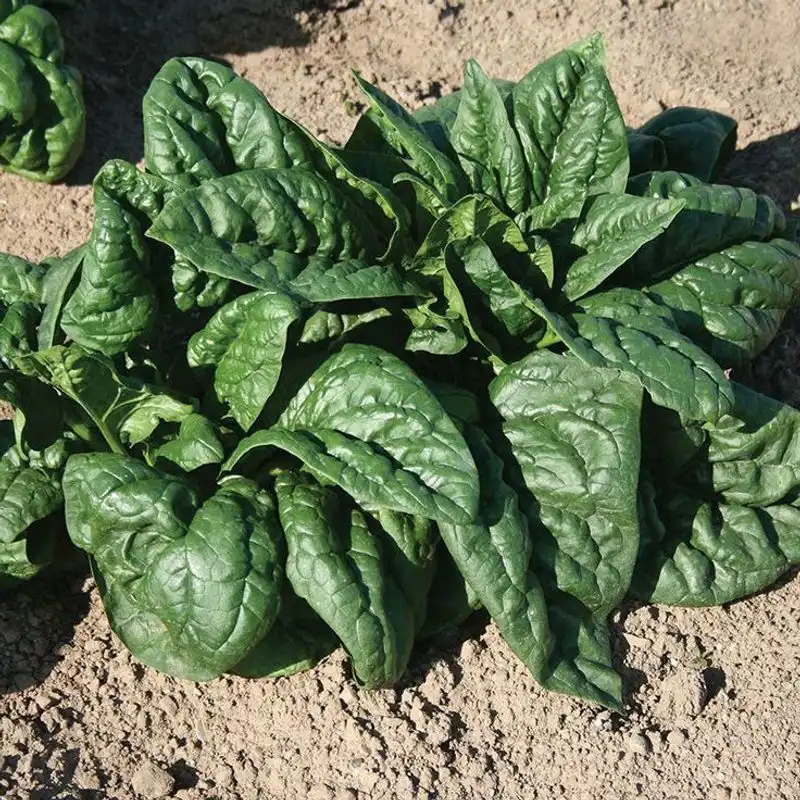
Spinach, a powerhouse of nutrients, thrives in early spring or fall. Its tender leaves are perfect for raw salads or cooked dishes. Known for its iron content and various vitamins, spinach supports overall health. It prefers well-drained soil and a bit of shade to prevent bolting in warmer weather. Harvest leaves regularly to encourage new growth. Spinach can also be easily grown in containers for those with limited space, making it a versatile choice for any gardener.
Peas
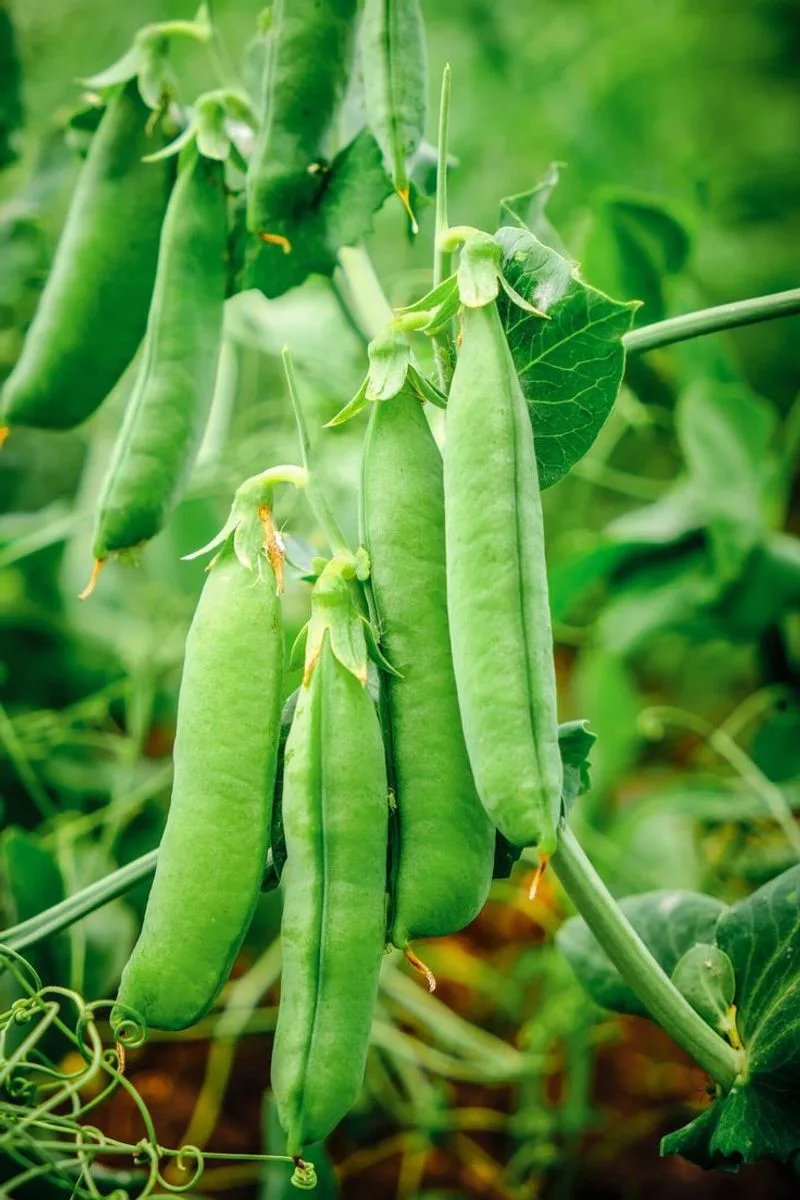
Sweet and tender, peas are a delightful addition to any garden. Plant them early in the season, as they prefer cooler weather. Use supports for their tendrils to climb, maximizing space and yield. Peas are not only delicious but also enrich the soil by fixing nitrogen, beneficial for future crops. Harvesting pods at their peak ensures the best flavor and texture. Enjoy them fresh from the vine, or add to salads and dishes for a touch of garden sweetness.
Potatoes
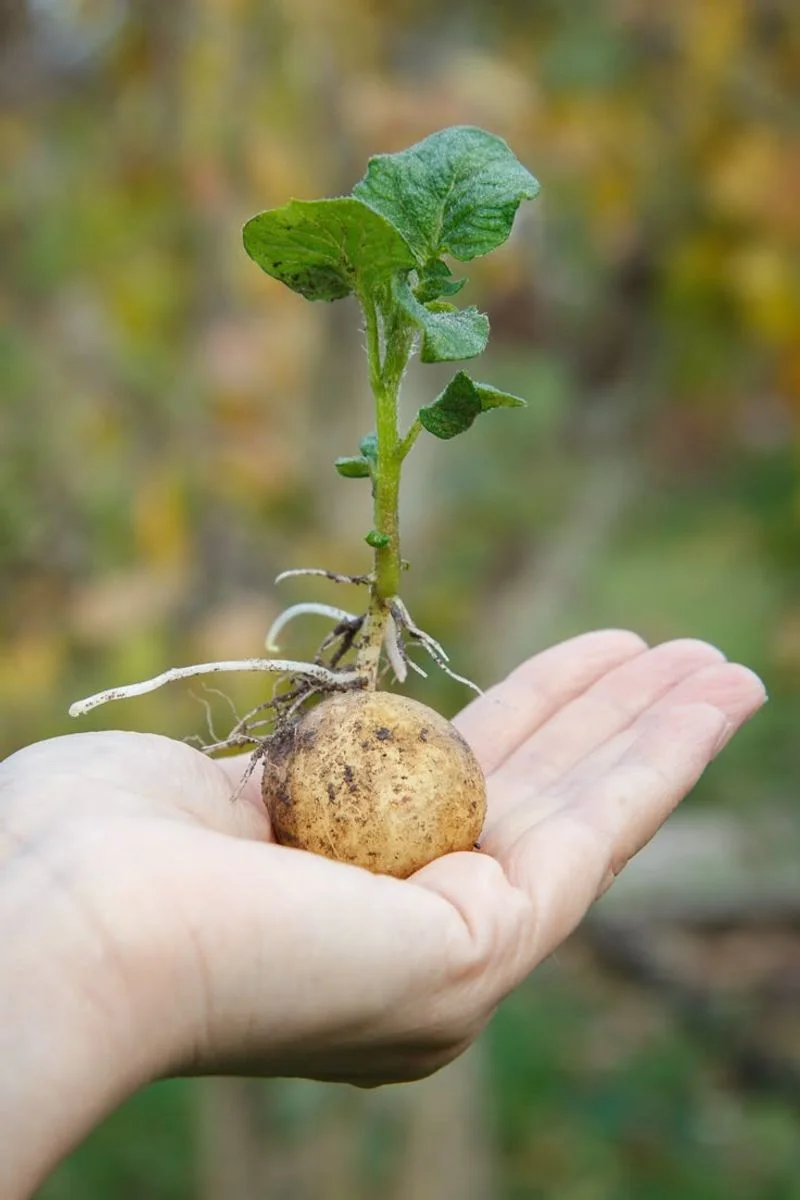
Hearty and filling, potatoes are a staple for many households. Plant in early spring for a rewarding autumn harvest. They thrive in well-drained soil with plenty of space to expand underground. Potatoes can be grown in bags or containers, making them suitable for small gardens. These tubers are rich in carbohydrates, providing energy and sustenance. As plants flower, anticipate harvesting when foliage begins to yellow. Store in a cool, dark place to enjoy your bounty over time.
Cucumbers
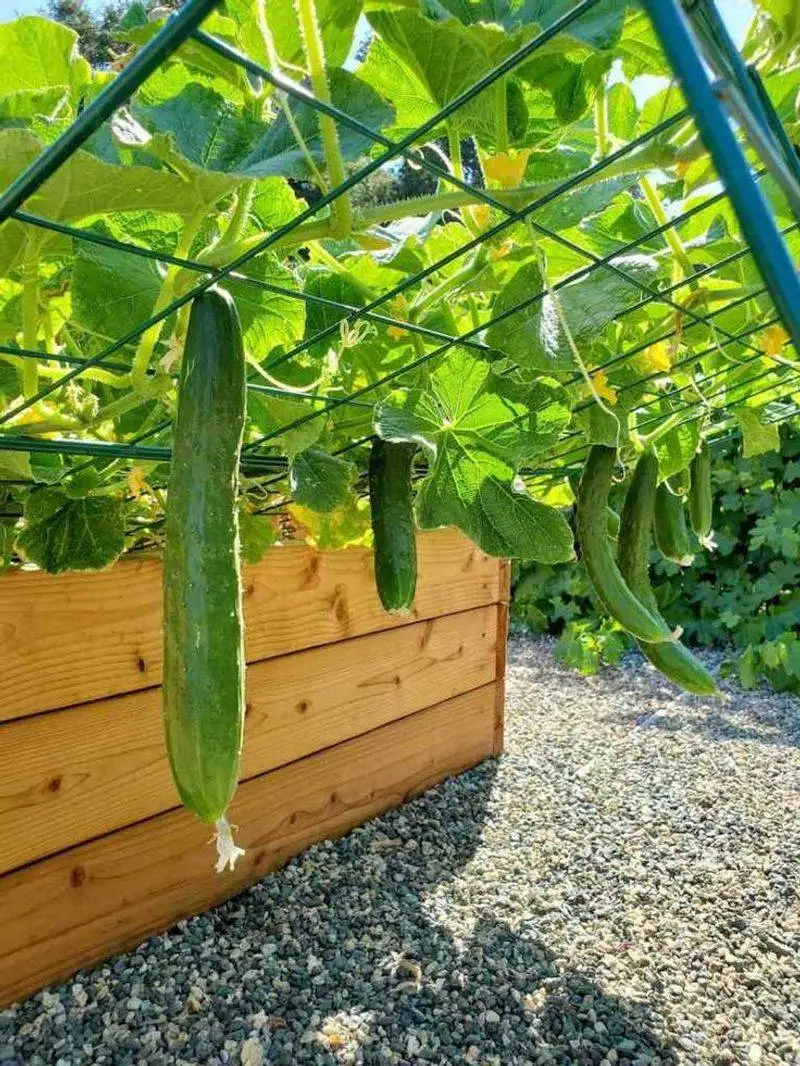
Refreshing and crisp, cucumbers are synonymous with summer. These plants thrive with plenty of sun and regular water, producing prolifically. Their vines can be trained to climb, saving space and making harvest easier. Cucumbers are perfect for salads, sandwiches, or homemade pickles. They are low in calories and high in hydration, supporting a healthy diet. As they mature, pick regularly to encourage continuous production and to prevent bitterness from overripe fruits.
Beans
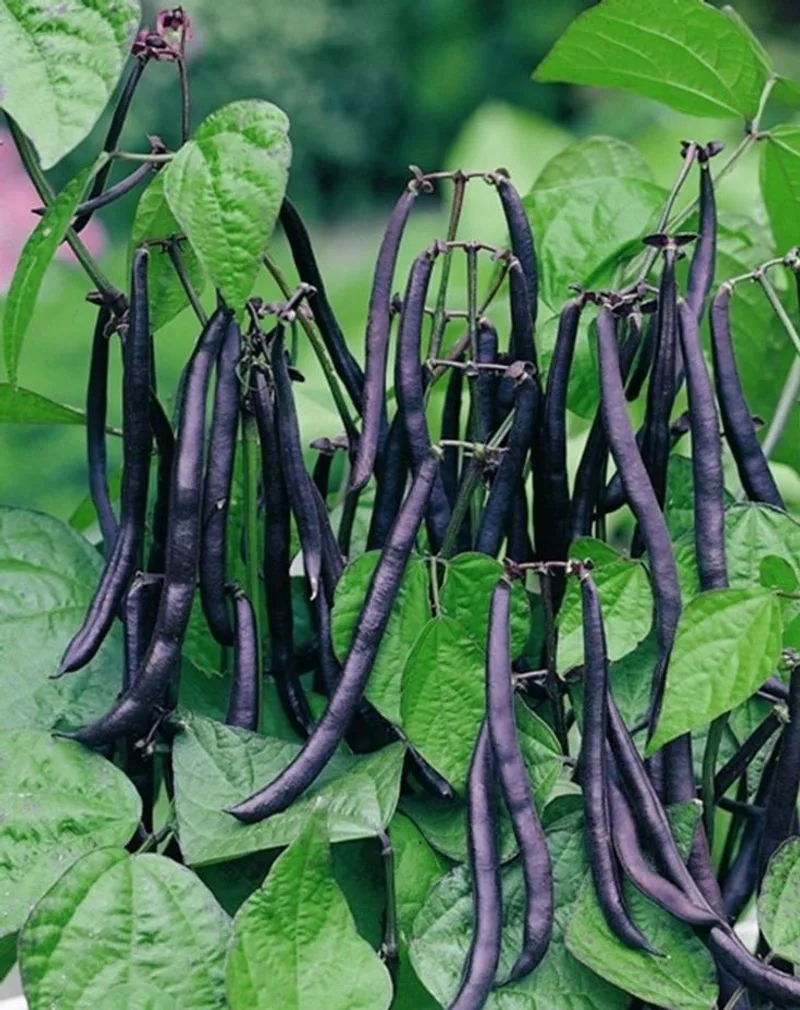
Versatile and nutrient-rich, beans come in many varieties. Whether bush or pole, they are easy to grow and care for. Plant them in warm soil and provide support for climbing types. Beans enrich the soil with nitrogen, improving fertility for future plantings. Harvest regularly to enjoy their tender pods. A staple in many diets, beans add protein and fiber to meals. Consider freezing or canning excess for later use. Their vibrant green pods are a symbol of a thriving garden.
Radishes
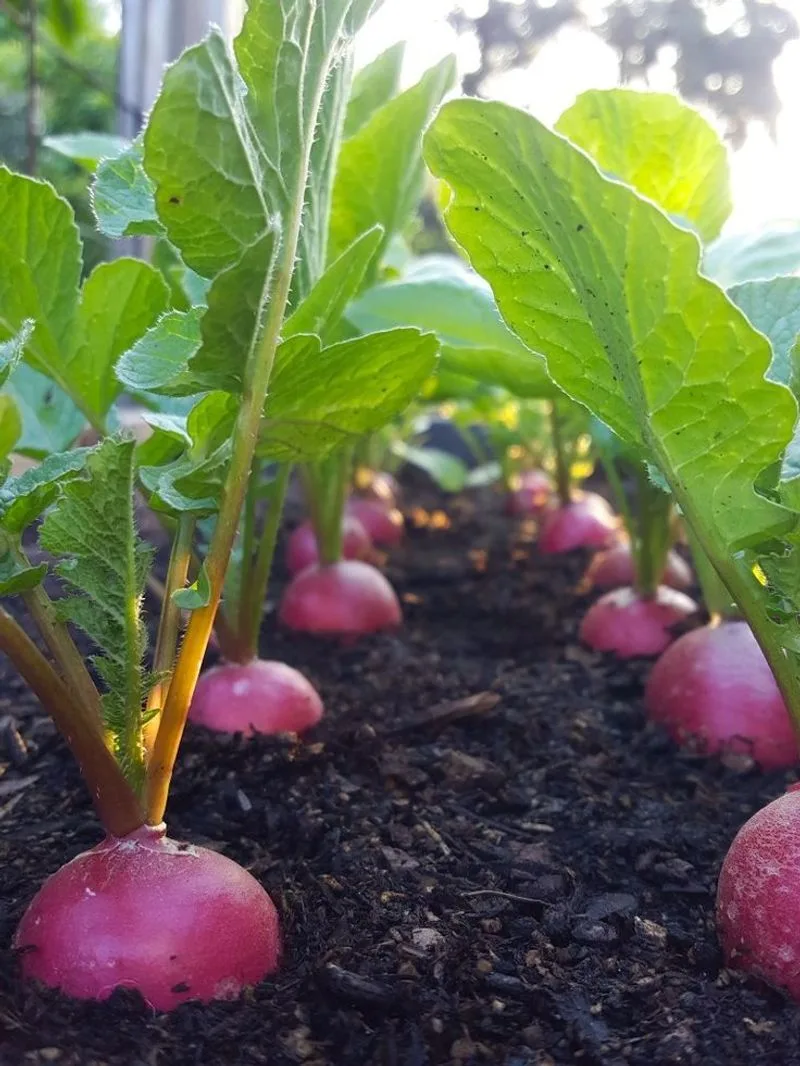
Bright and peppery, radishes bring a zing to your garden. These fast-growing root vegetables are perfect for beginners. Sow seeds directly into the soil and harvest in as little as three weeks. They thrive in cooler weather, making them ideal for spring and fall planting. Radishes are not only tasty but also beneficial for digestion. Their vibrant color adds a pop to salads and dishes. Keep soil consistently moist for the best results and enjoy their rapid turnaround.
Strawberries
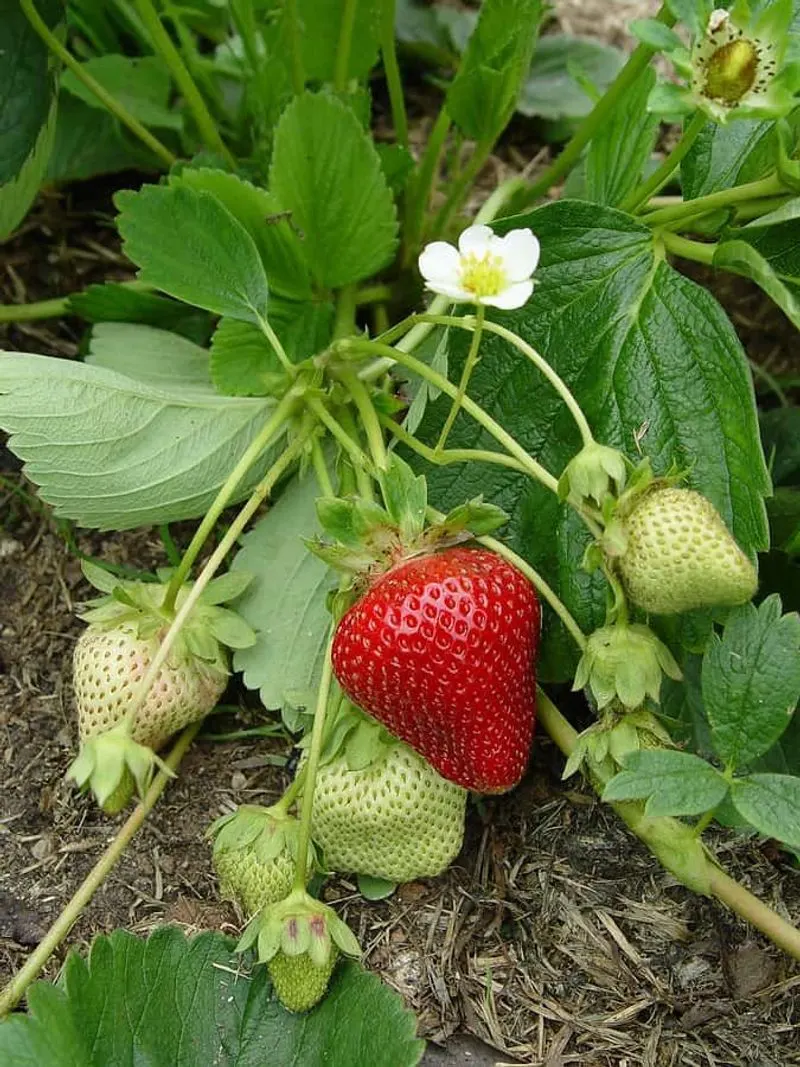
Sweet and juicy, strawberries are the quintessential taste of summer. These perennials can be planted in early spring and will reward you with fruit year after year. They thrive in full sun with well-drained soil. Strawberries can be grown in beds, containers, or even hanging baskets. Enjoy them fresh, in desserts, or preserved as jam. Protect from birds with netting to ensure a bountiful harvest. Their fragrant blooms and delicious fruits make them a favorite for many gardeners.
Bell Peppers
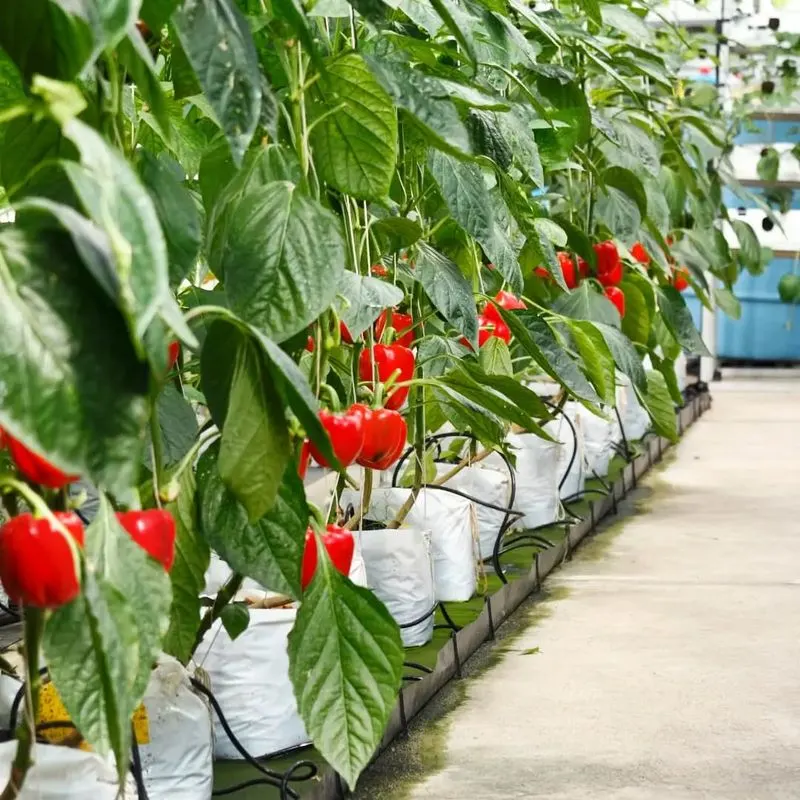
Colorful and crisp, bell peppers add a sweet crunch to various dishes. These plants thrive in warm, sunny conditions with consistent watering. Start seeds indoors before transplanting for an earlier harvest. Bell peppers are rich in vitamins, particularly vitamin C, supporting immune health. They can be enjoyed raw or cooked, adding flavor to salads, stir-fries, and more. With a variety of colors, from green to red to yellow, they brighten any garden or dish.
Garlic
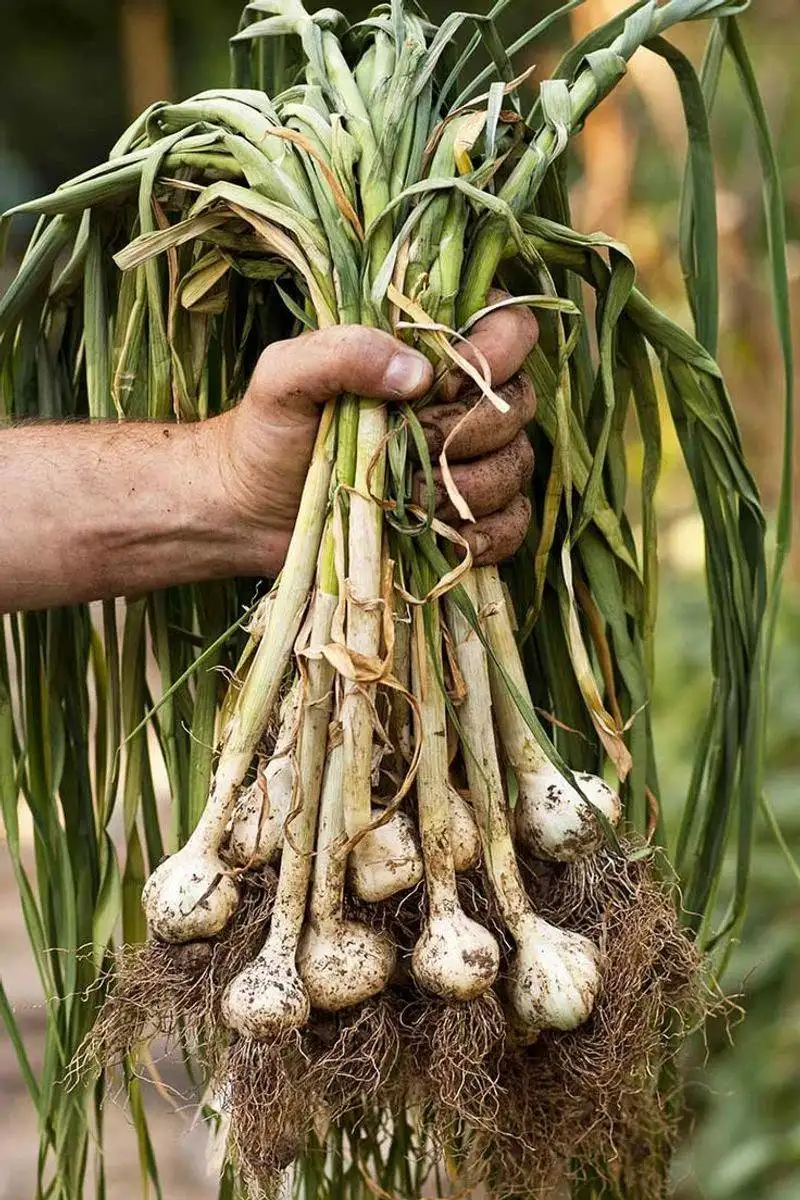
Pungent and flavorful, garlic is a kitchen essential with a long history. Plant cloves in fall for a summer harvest. It thrives in well-drained soil and sunny spots. Garlic not only enhances culinary dishes but also boasts numerous health benefits, including boosting the immune system. As the leaves yellow, it’s time to harvest and cure the bulbs for long-term storage. Garlic’s robust flavor and versatility make it a rewarding addition to any home garden.
Onions
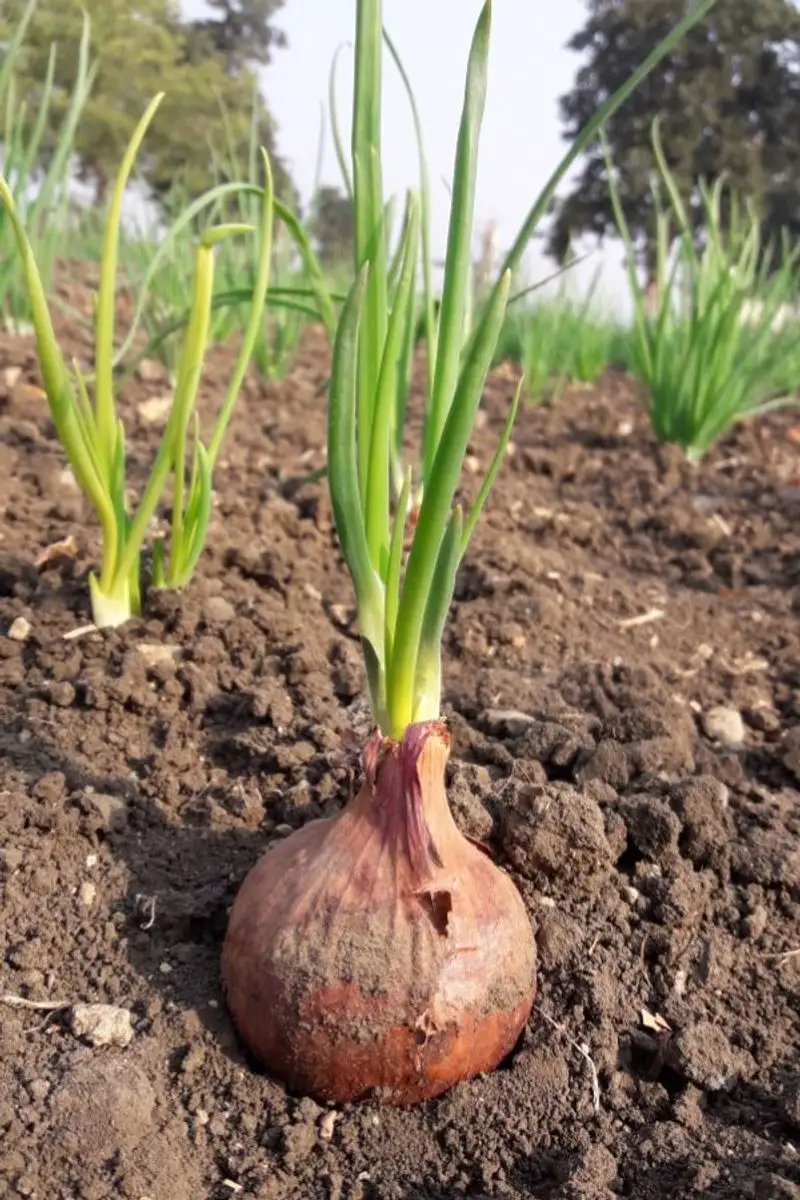
Onions are a staple in kitchens around the world. These pungent bulbs prefer loose, fertile soil and plenty of sun. Plant sets or seeds in early spring for a late summer harvest. Onions store well, providing flavor and nutrition throughout the year. They are low in calories and offer beneficial antioxidants. As they grow, keep the area weed-free for the best results. Their versatility in cooking makes them indispensable, from soups to salads to roasted dishes.
Corn
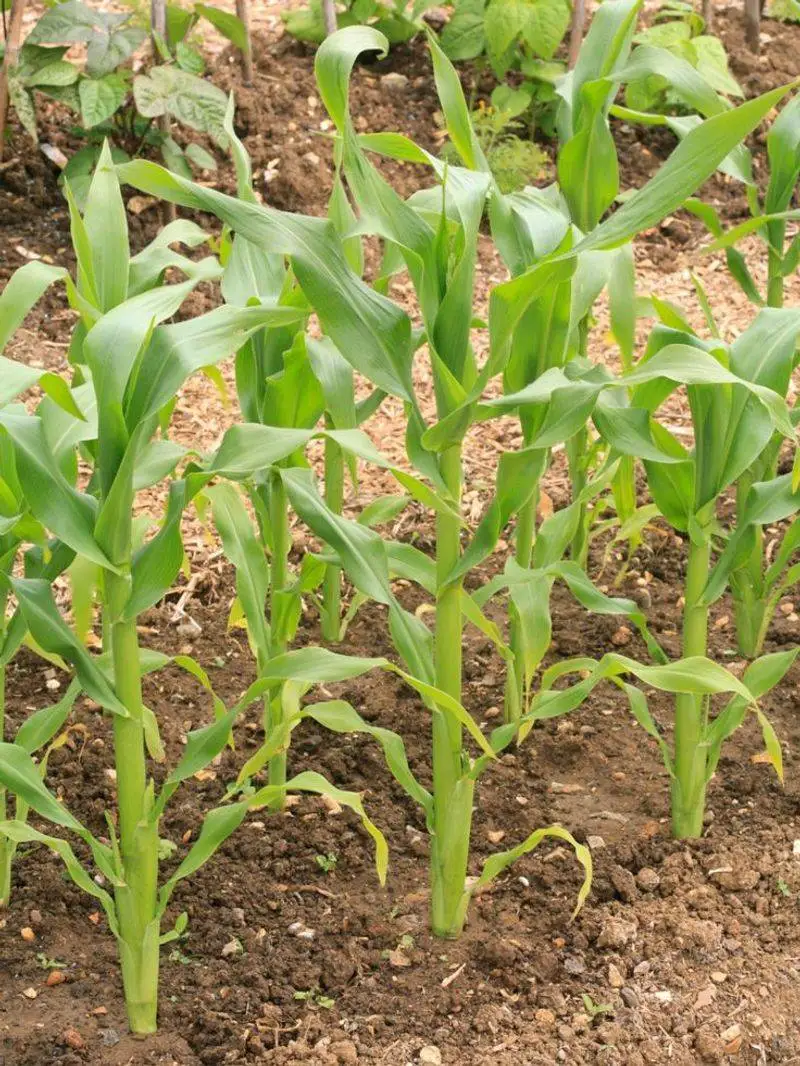
Tall and stately, corn is a classic summer crop. It requires space, sun, and rich soil to thrive. Plant in blocks for effective pollination and a bountiful harvest. Sweet corn varieties are a treat when freshly picked and cooked. Corn is versatile, used in everything from side dishes to main courses. Its towering presence in the garden provides a striking visual. As it matures, watch for signs of readiness, such as firm, plump kernels.
Beets
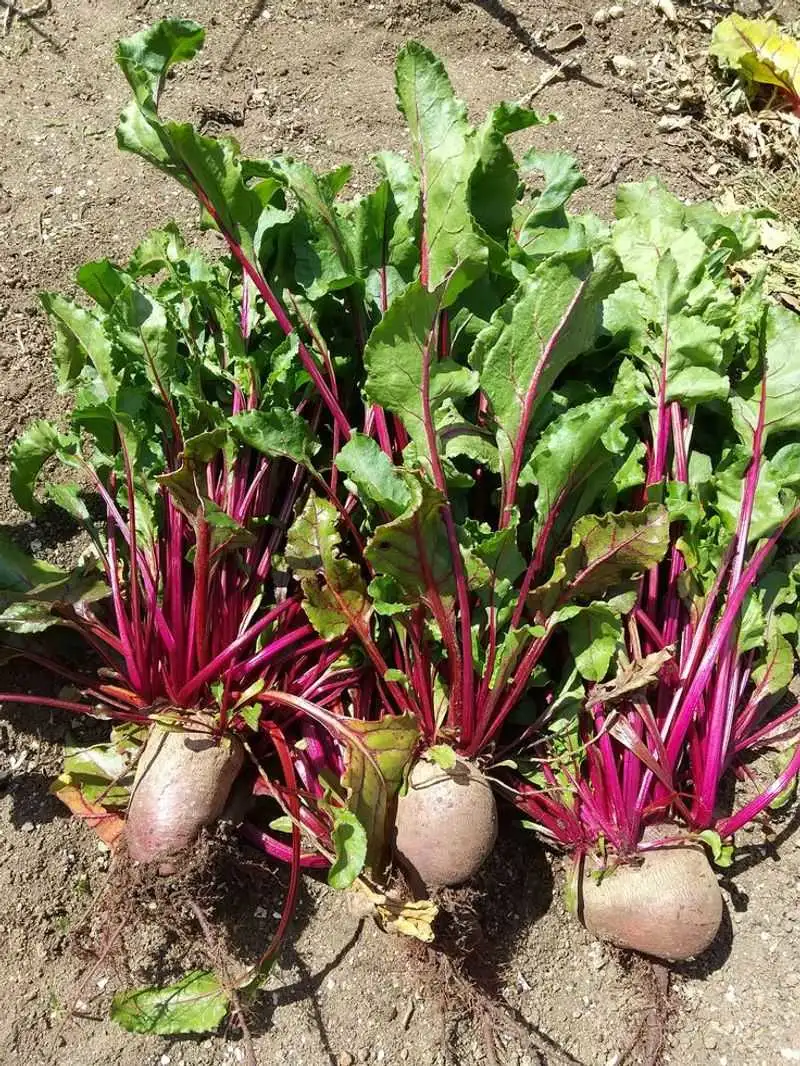
Earthy and sweet, beets are a nutritious root vegetable. They grow well in cooler temperatures and can be sown directly into the ground. Beets are rich in vitamins and minerals, supporting overall health. Both the root and greens are edible, adding versatility to your meals. Roasted, boiled, or raw, they offer a unique flavor and vibrant color. Consistent moisture and thinning of seedlings ensure robust growth. Their deep hue is a beautiful addition to any garden.
Cabbage
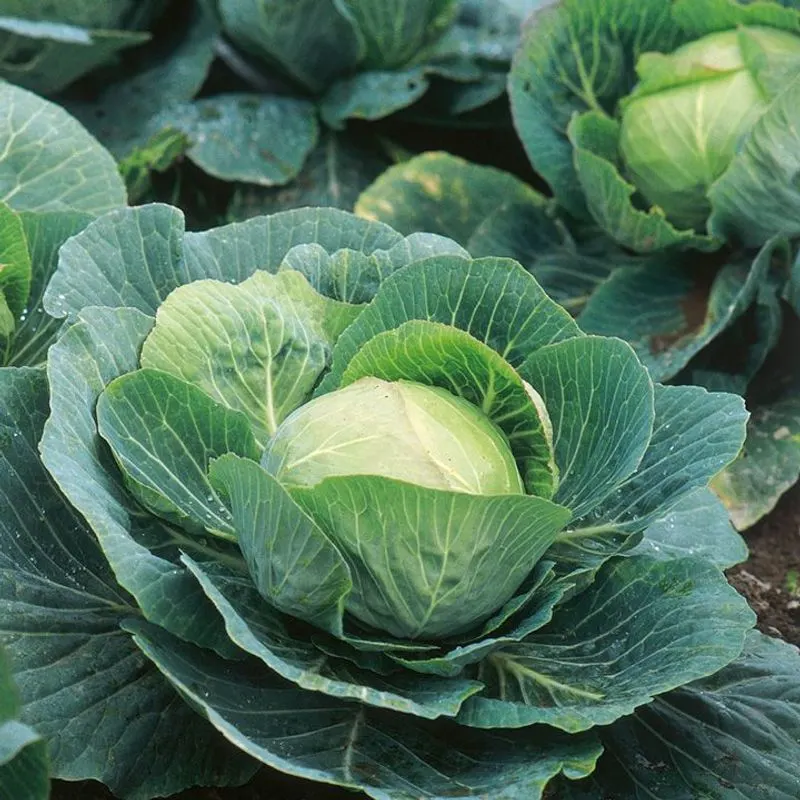
Cabbage, with its dense heads, is a staple in many diets. It thrives in cooler weather and can be planted in spring or fall. Cabbage is rich in vitamins C and K, making it a healthy choice. Its firm leaves are perfect for slaws, soups, and fermented dishes like sauerkraut. Cabbage requires regular watering and protection from pests for best results. Harvest when heads are firm to the touch. Its robust nature makes it a resilient addition to the garden.
Kale
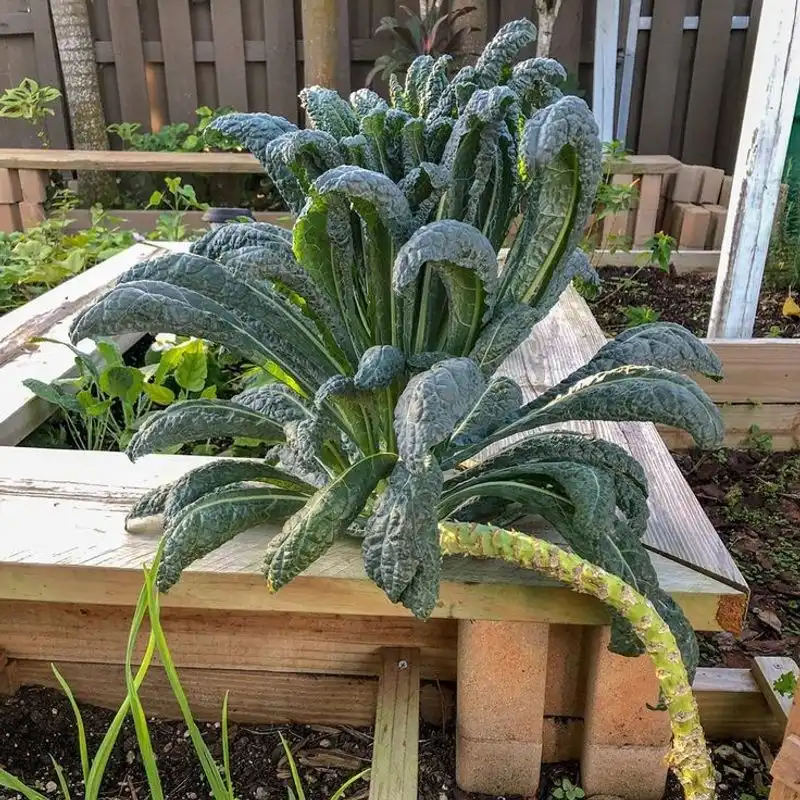
Kale, a superfood, is packed with nutrients and easy to grow. It prefers cooler temperatures and can withstand frost, extending the growing season. Rich in vitamins A, C, and K, kale supports a healthy diet. Its leaves can be harvested continually, providing a steady supply. Use kale in smoothies, salads, or sautéed as a side dish. With its curly or flat leaves, it adds texture to gardens. Regular harvesting encourages new growth, making it a productive choice.
Broccoli
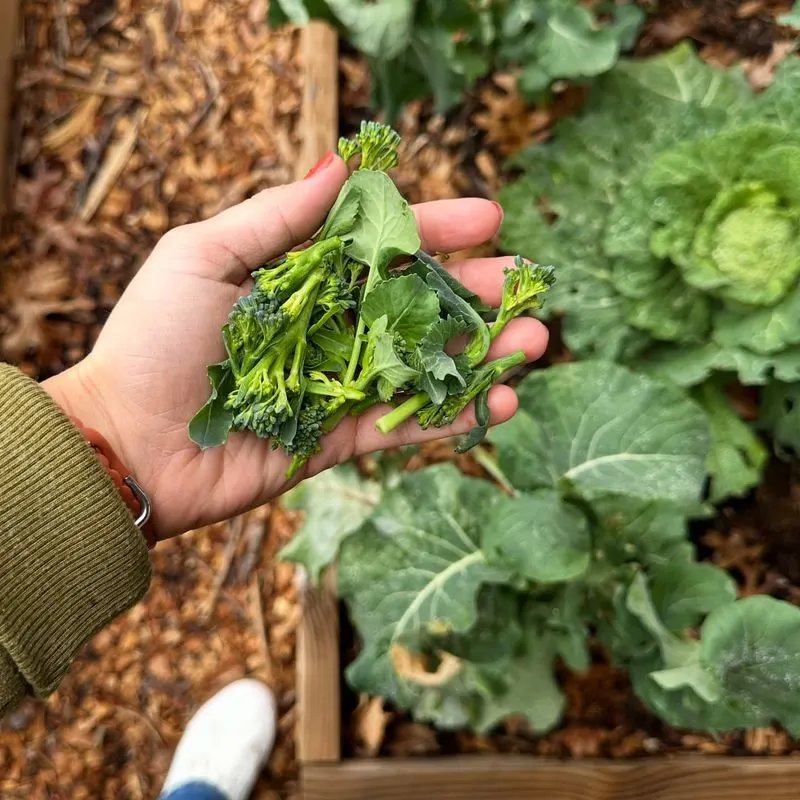
Broccoli, with its crunchy texture, is a favorite among health enthusiasts. It grows best in cooler weather and rich soil. Start seeds indoors or directly sow in the garden for a robust crop. Broccoli is high in vitamins C and K, contributing to a balanced diet. Its flowering heads are harvested before blooming. Enjoy it steamed, roasted, or raw. Consistent care and pest management ensure a healthy harvest, rewarding with both taste and nutrition.
Cauliflower
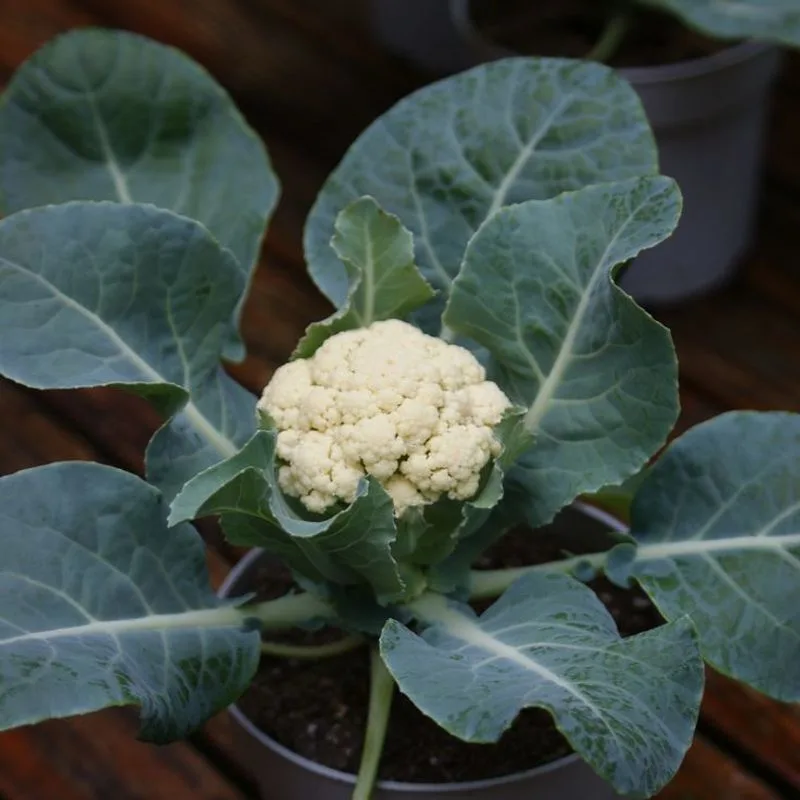
Cauliflower, with its unique texture and mild flavor, is a versatile vegetable. It thrives in cool temperatures and rich, fertile soil. Known for its low-calorie content and rich fiber, cauliflower is a healthy addition to meals. Start seeds indoors or directly in the garden for a bountiful yield. Its heads are harvested when firm and white. Use cauliflower in a variety of dishes, from roasted to mashed. Regular care and protection from pests ensure a successful crop.

